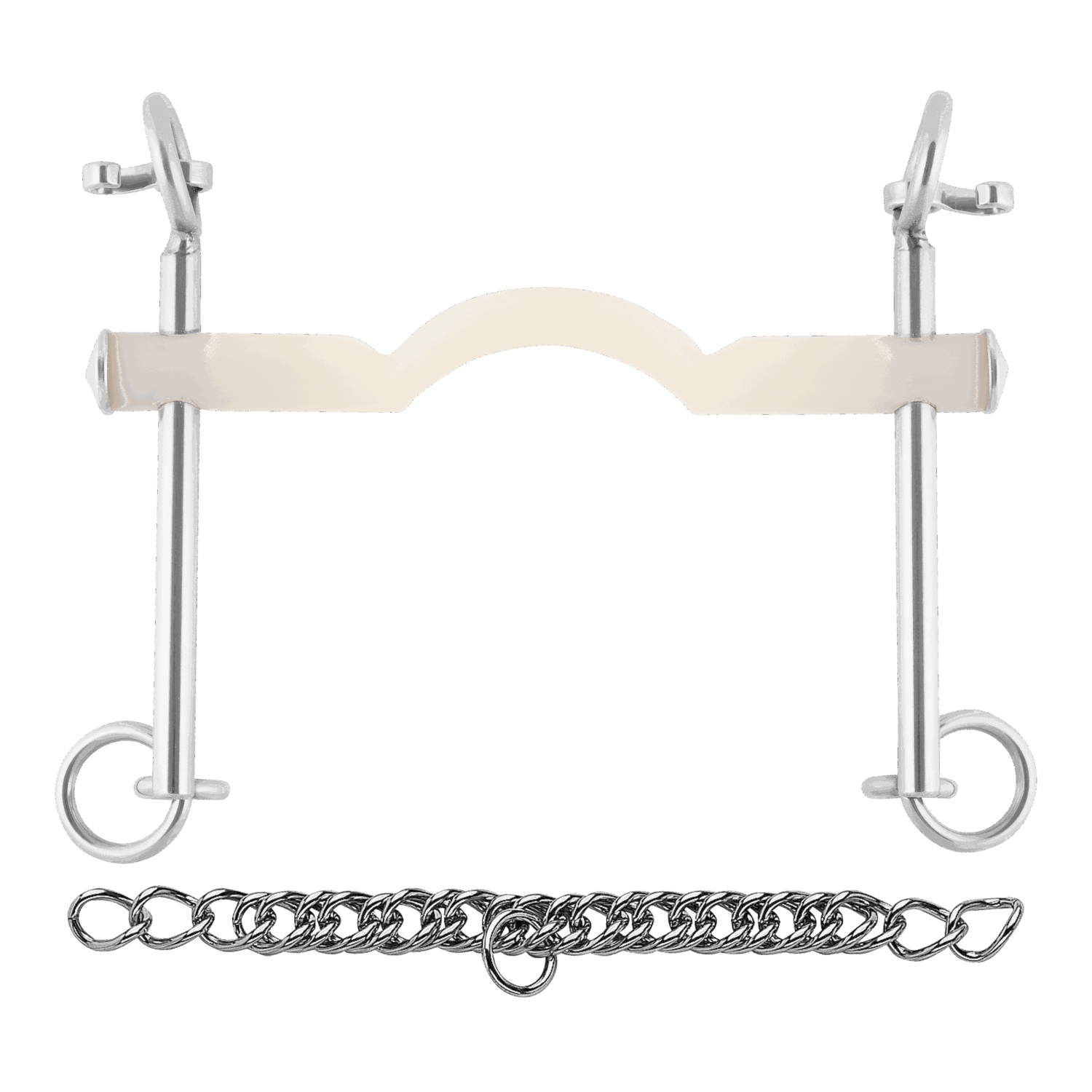
Nathe Weymouth 15 mm with tongue clearance, long cheeks
-
for refined rein aids
-
impact on tongue, poll, and lower jaw
-
with port, ideal for horses that dislike tongue pressure
-
port slightly angled forward
-
long cheeks: slightly delayed effect with stronger poll pressure
-
without steel core
-
with mirror caps
-
curb chain included
-
no warranty for bite or chew marks

Nathe Weymouth 15 mm with tongue clearance, long cheeks
Sale price€249,90
(/)